
Written by Steven
Edited on
7 April 2023
·
07:14
How do you choose the resolution of your monitor?
A monitor with a higher resolution provides a sharper images. You see more details on a 4K monitor than on a Full HD monitor. A 4K screen is especially beneficial for movie lovers, creative designers, and fanatic gamers. You often use a Full HD computer screen for general use. QHD is exactly in between these. We'll help you choose the right sharpness.
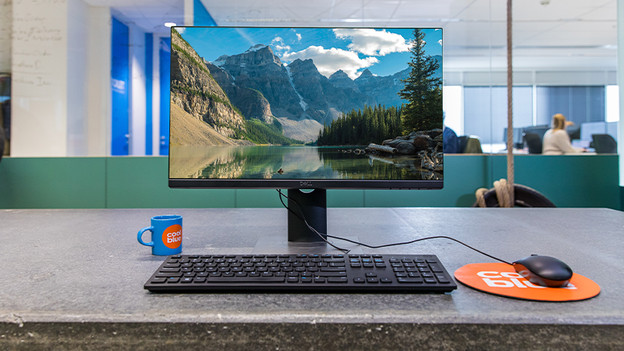
Choose monitor resolution
Sharpness is one of the first and most important choices you make before purchasing a monitor. Along with the screen size, this determines how detailed your image is. Which resolution you choose depends mainly on what you want to use it for.
- Full HD: gaming, Netflix, internet browsing, sending emails, and text processing.
- QHD: gaming, using Netflix, hobby photo and video editing.
- 4K: gaming, using Netflix, professional graphic design.
- 5K: future-proof, gaming, using Netflix, professional graphic design.
- Ultrawide: extra screen space
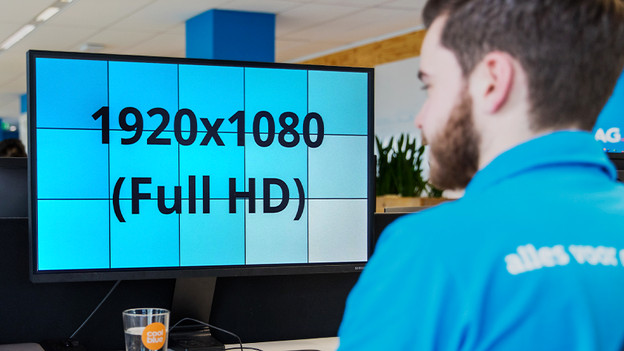
Full HD: gaming, surfing the internet, sending e-mails, and text processing
Full HD has 1920x1080 pixels and that makes it the least sharp resolution. This is great for general use like sending emails, browsing the internet, viewing photos, text processing, or working in spreadsheets. You don't need a particularly high resolution for that. You can watch Netflix series in Full HD quality and YouTube videos in 1080p. You can also play games in Full HD resolution. This is suitable for novice gamers or fanatic e-athletes, because the lower the resolution, the smoother your game.

QHD: gaming, hobby photos and video editing
QHD, also called Quad HD or 2K, has 2560x1440 pixels. This means that this resolution offers a perfect balance between Full HD and 4K. A QHD monitor allows you to see images almost twice as sharp as with a Full HD monitor, which is useful for using Photoshop or editing 1440p videos. Gaming in QHD provides a sharp image, without the need for an expensive video card. Do you prefer the sharpest images? Choose a 4K screen.
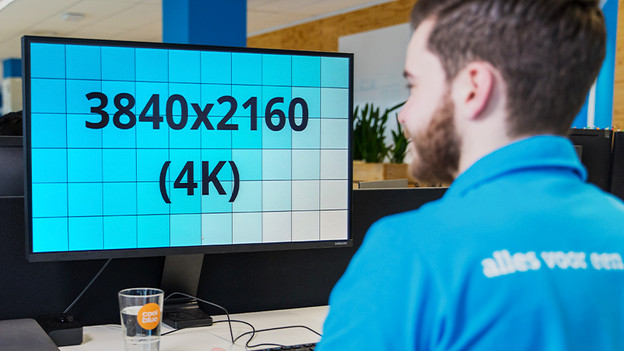
4K: Gaming, professional graphic design
With 3840x2160 pixels, 4K is about 2 times sharper than QHD and almost 4 times sharper than Full HD. The 4K resolution is best known for watching movies. And indeed, you need a 4K monitor to watch a UHD movie. Creative professionals see every detail with 4K while editing photos or videos. Diehard gamers can't believe their eyes thanks to razor-sharp characters and lifelike landscapes.
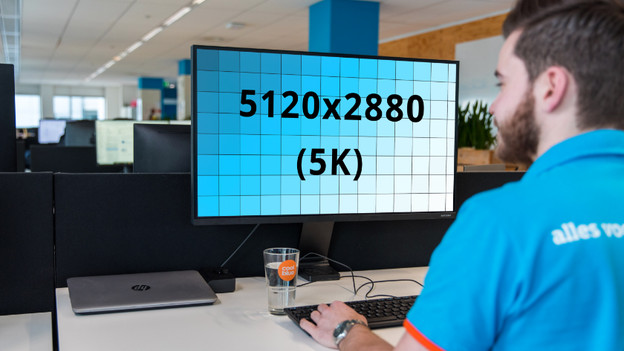
5K: future-proof
There are 5K monitors for those who want to go one step higher. These monitors have 5120x2880 pixels, which gives you 33% more pixels than with 4K. This allows you to edit photos down to the pixel, games really pop on your screen, and you have even more pixels for multitasking during your work. You don't really need a movie ticket anymore with this resolution.
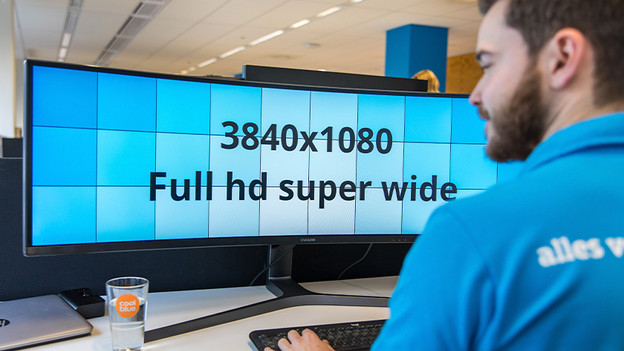
Ultrawide resolutions
With an Ultrawide or Super Ultrawide monitor, you have more screen space than with a 'normal screen'. These are also divided into Full HD, QHD, and 4K. Only the number of pixels is a lot higher. So you get many more pixels with the same sharpness. Super Ultrawide screens are 2 times wider than a normal screen. This prevents a stretched image and keeps the pixel density at a visible level.
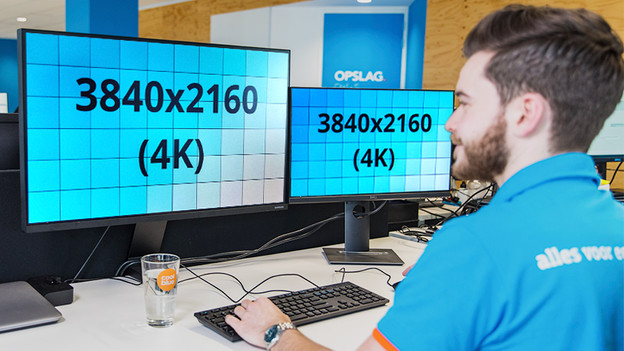
Resolution vs. screen size
A resolution is tied to a certain number of pixels, regardless of the screen size. This means that a 32-inch Full HD screen is much less sharp than a 22-inch Full HD screen. So make sure to check the pixel density. This indicates the number of pixels per inch, regardless of the size. You can expect sharp images from 90ppi. Also keep in mind that icons and text get smaller as the resolution increases. This gives you more screen space, but it makes it makes it less readable.

Required hardware for gaming
The higher the resolution, the more powerful hardware you require. For 4K gaming, you need a 4K monitor, but also a serious video card, for example. This overview is based on Call of Duty Black Ops: Cold War from 2020. These are the minimum video cards we recommend:
- For Full HD gaming with high settings, we recommend at least an NVIDIA GTX 1650, RTX 3060 or AMD RX 5700.
- For QHD gaming, we recommend at least an NVIDIA GTX 1660 Super, RTX 3070, or AMD RX 6700.
- For 4K gaming, we recommend at least an NVIDIA RTX 3080, RTX 3090, or AMD RX 6800 XT.
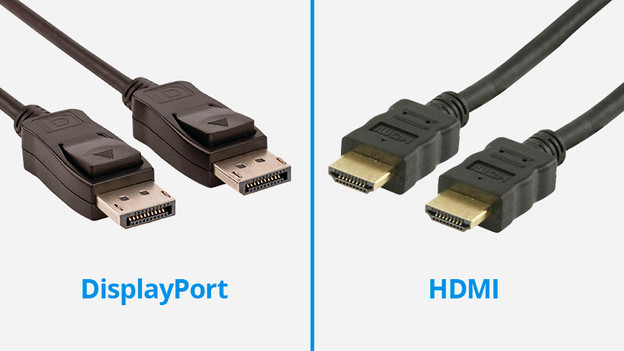
Required hardware for movie and image editing
The higher the resolution, the more powerful hardware you require. For example, to watch 4K movies, you need the right cables. You'll find advice for your hardware below:
- For 4K movie watching, you need at least HDMI 1.4, a DisplayPort cable, or a USB-C cable.
- For 4K Netflix streaming, you need at least the Windows 10 Anniversary update.
- For 4K photo and video editing, we recommend at least 16GB RAM and a powerful video card and processor.
